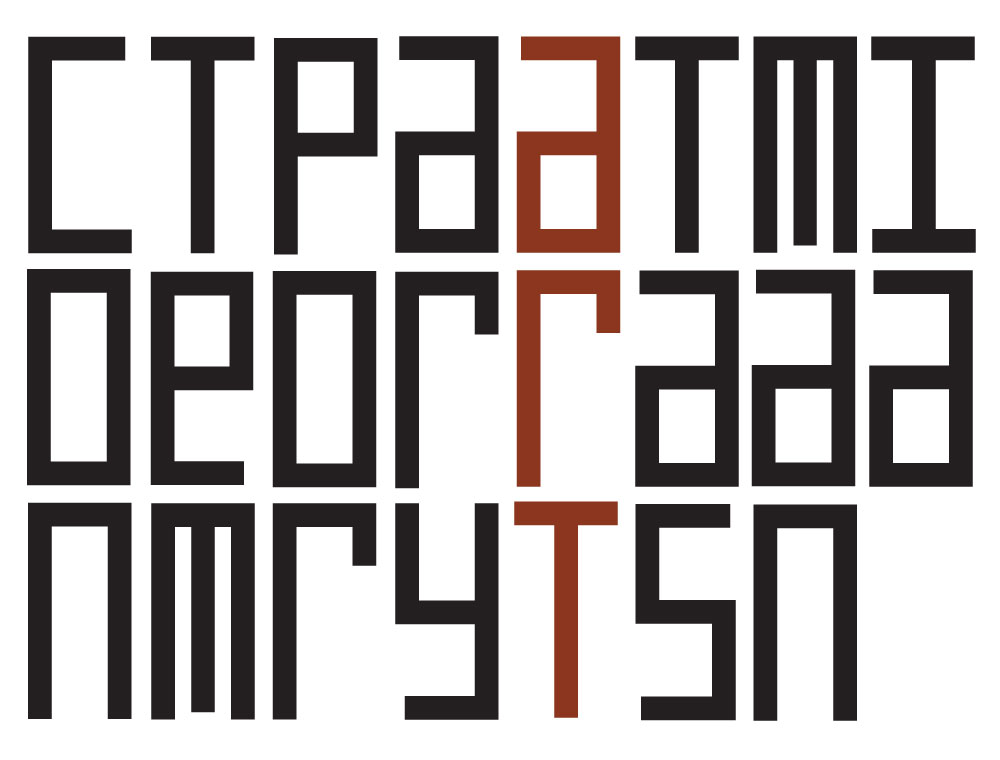Artist
Tomoko Momiyama
Curators
Lisa Campbell-Smith
Joel Stern
Collaborators
Maggie Abraham (percussionist)
Finn Clarke (sound recordist)
Rosie Hastie (lighting assistant)
Georgia Shine (cellist)
Jon Smeathers (AV gallery technician)
Joe Weller (trombonist)
Ursula Woods (filmmaker)
Meet the Artist: 1-3pm, Sat 20 and Sun 21 August
Public Program: 5pm, Tue 23 August
Exhibition: 20 August – 11 September (12-5pm Wed-Sun)
Following a month-long residency in lutruwita with Contemporary Art Tasmania, Japanese artist-composer Tomoko Momiyama will present a new collaborative work with Tasmanian artists, musicians and practitioners expanding upon her long-term research into the ethics and aesthetics of listening.
“Opacities can coexist and converge, weaving fabrics. To understand these truly one must focus on the texture of the weave and not on the nature of its components. For the time being, perhaps, give up this old obsession with discovering what lies at the bottom of natures. …The right to opacity…would be the real foundation of Relations, in freedoms.”
Édouard Glissant, Poetics of Relation
Drawing on Glissant’s notion of opacity in order to think with the unheard, inaudible, spectral nature of ancestral voices, this project weaves together areas of fundamental interest for Momiyama; the meaning and agency of voices, the interpretation, restoration and reproduction of aural culture, the textures and resonances of community exploration.
Installed across multiple spaces at CAT, Listening Within the Opacities of Our Times and Places revisits a 2019 composition by the artist, During the War, There Once Was a Niwen Horipi in My Father’s Village, which deals with Momiyama’s encounter with, and subsequent adoption by, her Ainu ‘father’, and her sense of the profound preciousness of his voice, and of the Ainu language alive inside him. Extending the original piece through a process of continuous composition and ‘recomposition’, musicians have been invited to discuss and analyse the original work and score with Momiyama, before bringing their own interpretations to its performance. This process constitutes a collaborative reflection on what it means to ‘inherit’ voices, to listen with and against colonial violence, and to leave space for what should not be heard.
Following the opening of the exhibition, a special public program will be held, comprising a guided listening-encounter with the work, followed by critical reflections and open conversation between co-curator Joel Stern, Tomoko Momiyama, and musical collaborators.
The artist and curators would like to thank those who have contributed, consulted and collaborated with Tomoko during her residency:
Lucy Bleach
Ralph Bottrill
Richie Cyngler
Julia Drouhin
Sabio Evans
Michael Fortescue
Allan Halyk
Warren Hankey
Sinsa Mansell
Aki Matsusa
Michelle Maynard
Kristi Monfries
Eri Mullooly-Hill Konishi
Brian Ritchie
Dylan Sheridan
Pip Stafford
Mish Szekelyhidi
Designed Objects Tasmania (dot.)
Mount Pleasant Radio Observatory
Radio and Electronics Association of Southern Tasmania
Tomoko would like to extend her gratitude to people and institutions in Japan without which this project would not have been possible:
Tamotsu Nabesawa and his family
Nibutani Ainu Culture Museum
Mayunkiki
Toyonaka Performing Arts Center (Century Recital Series)
Kazuyo Ogawa, Japan Century Symphony Orchestra
Japan Association of Composers for Sumo Hearing Arts
Mizutani Shrine Nettei Sumo Preservation Society
Sapporo Tenjinyama Art Studio
This project is funded by the Australia-Japan Foundation and supported by Asialink Arts.
Image: Tomoko Momimaya, Listening Within the Opacities of Our Times and Places (video still), 2022. Videography by Ursula Woods.
Artist bio
Japan based Tomoko Momiyama works internationally as a music composer, artist, dramaturg, and producer of multi-disciplinary art events, installations, and performances. She graduated from Stanford University in the U.S. with B.A. in Music and Human Biology and further studied composition at the Royal Conservatory of the Netherlands in The Hague under the Japanese Government Overseas Study Programme for Artists. Tomoko’s works, many of which are community-based and site-specific, have been performed throughout Japan, as well as in different parts of Asia, Europe, North and Central Americas, and Africa.


